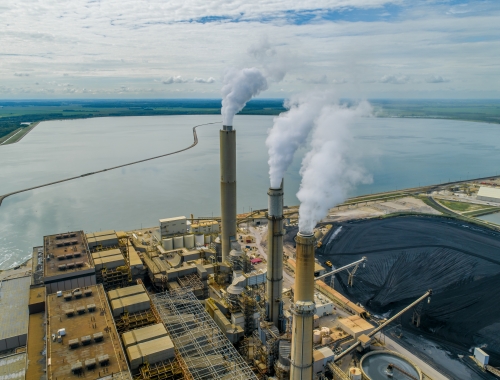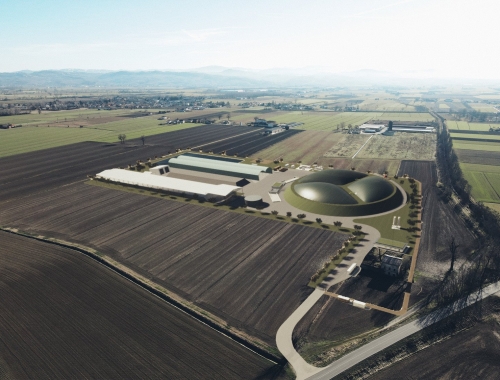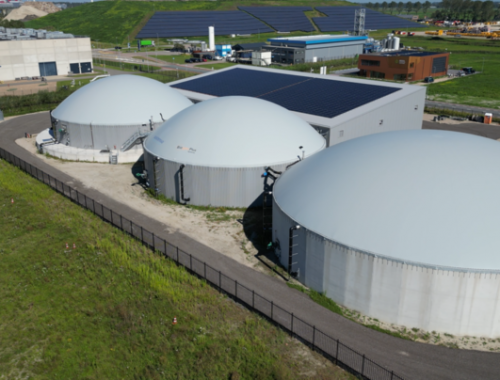Canada’s Saskatchewan to rely on natural gas to 2050
SUMMARY
Federal target of net zero by 2035 for power is unaffordable and unrealistic, premier says. [Image: SaskPower]
By Dale LunanPOSTED IN:
The Canadian province of Saskatchewan unveiled plans May 16 to achieve a net zero electricity system by 2050, 15 years later than the federal target, but Premier Scott Moe says natural gas and coal will continue to provide the bulk of the province’s needs.
“The federal government’s standards for zero emissions electrical generation by 2035 are unrealistic and unaffordable,” Moe said. “They mean SaskPower rates would more than double and we may not have enough generation to keep the lights on. I’m not going to let that happen.”
SaskPower, the province’s government-owned electric utility, says it will need about 7,000 MW of available generating capacity by 2035, up from about 5,347 MW today. Current capacity is 40% gas-fired, 25% coal-fired, 11% hydro and 11% wind, with 3% listed as solar or “other”.
Under the federal target, about 65% of the province’s existing power generating capacity would need to be shut down by 2035, at a capital cost of about C$46bn and resulting in a 107% increase in customer utility bills.
The Saskatchewan plan, SaskPower says, would be affordable and realistic, leveraging natural gas generation to ensure reliability while continuing to add wind and solar at an “ambitious” pace. Nuclear would also be brought into the mix, primarily through strategic deployment of small modular reactors (SMR).
The total cost of the province’s power plan would be about C$28bn, with the province contributing C$22b and Ottawa about C$6bn. The federal government would provide about 75% in grant funding for the first SMR in the province, and about 50% in grant funding for renewable or low-emitting technologies.
Rates could be expected to rise by about 2.6%/year, SaskPower said, compared to the projected 107% increase to meet the federal target.
SaskPower quietly submitted in April an application to the Impact Assessment Agency of Canada (IAAC) for a 370 MW gas-fired, combined cycle gas turbine (CCGT) power plant near Lanigan, in the east half of the province, that would provide power to a number of nearby potash facilities.
The earliest construction could start on the C$850mn Aspen Power Station would be 2024, according to an initial project description, although that would be delayed by more than two years if the project requires a federal impact assessment.







